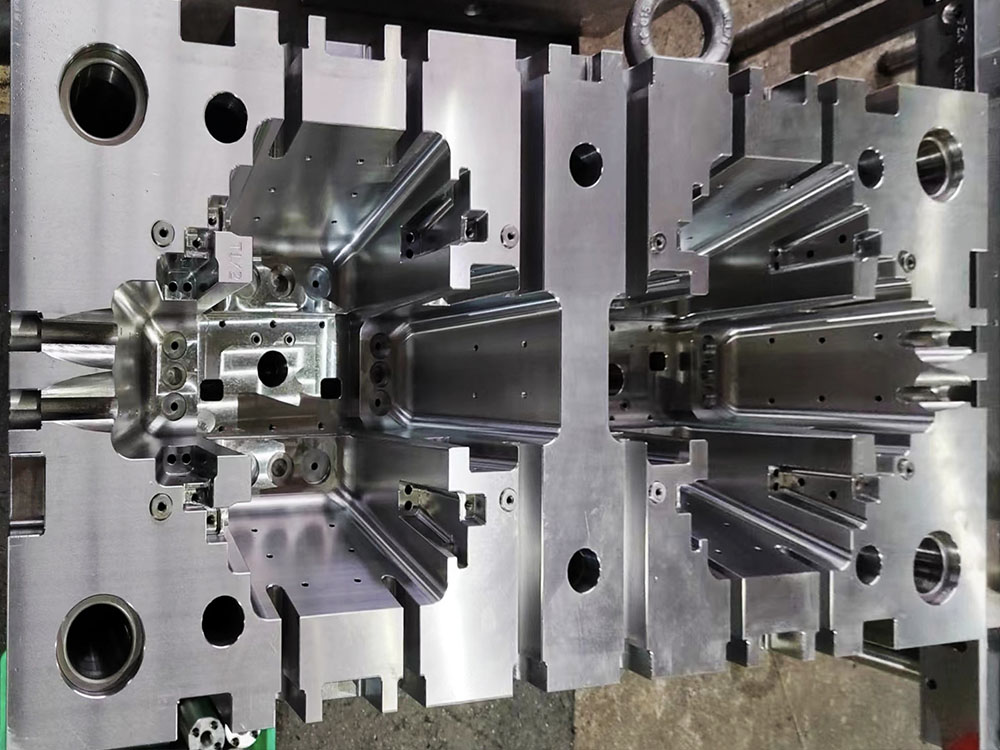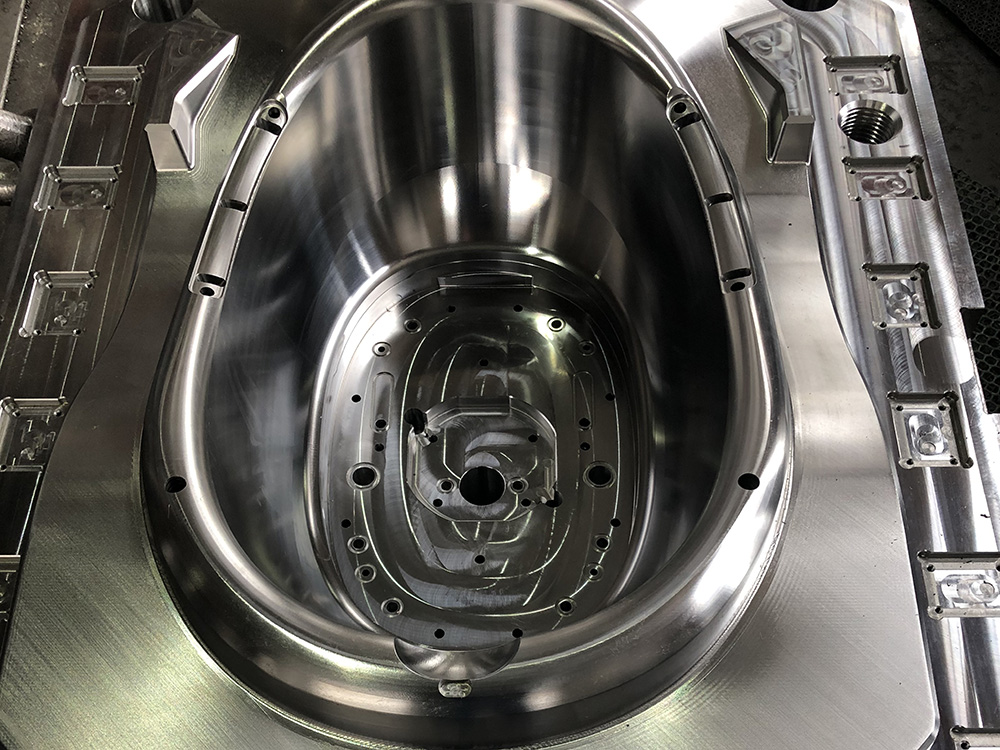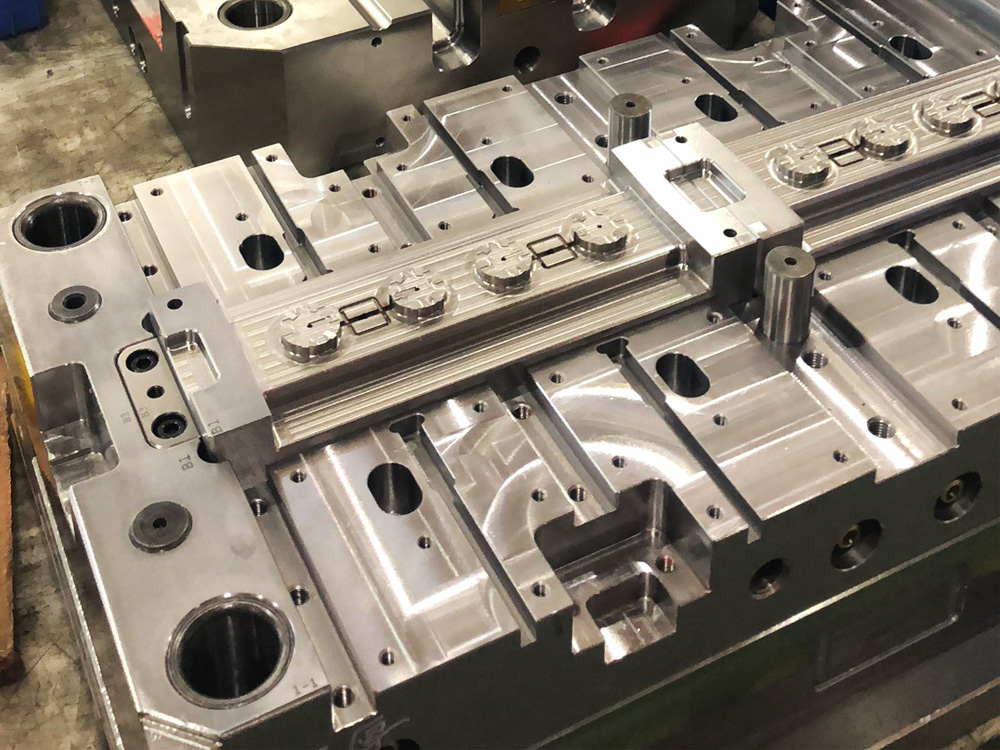Strengthening a Flimsy Mold Base Structure: A Professional Approach
A mold base is a crucial component in the mold-making industry, providing the foundation for creating high-quality molds that are used in various manufacturing processes. However, a flimsy mold base structure can lead to several issues, such as reduced mold life, increased production time, and compromised product quality. In this article, we will explore effective strategies to strengthen a flimsy mold base structure, ensuring optimal performance and longevity.
1. Material Selection
The choice of material plays a pivotal role in the strength and durability of a mold base. Opt for high-quality materials, such as hardened steel alloys, that exhibit excellent resistance to wear, thermal stress, and mechanical forces. Avoid using softer materials that may deform or fail under pressure. Conduct thorough research and consult industry experts to find the most suitable materials for your specific molding requirements.
2. Reinforcement Techniques
Reinforcing a flimsy mold base involves implementing techniques that enhance its structural integrity. The following methods have proven to be effective in strengthening mold bases:
a) Ribbing: By adding ribs or stiffeners to the mold base, you can significantly improve its rigidity and overall strength. Ribs distribute the applied load more evenly throughout the structure, minimizing deflection and preventing potential failures.
b) Support Columns: Incorporating support columns within the mold base structure can provide additional support and stability. These columns act as load-bearing members, preventing excessive deflection and enhancing the overall strength of the mold base.
c) Inserts: Using inserts, such as threaded inserts or key inserts, can reinforce critical sections of the mold. These inserts can provide additional strength and stability to areas that are prone to higher stress or wear.
3. Rigorous Design and Engineering
A well-designed mold base is crucial for maintaining its structural integrity. Implement the following practices during the design and engineering phase to ensure a sturdy mold base structure:
a) Proper Dimensioning: Ensure that all components of the mold base are appropriately dimensioned and aligned to distribute forces evenly. This prevents localized areas of stress concentration, reducing the risk of structural failures.
b) Thickened Sections: Reinforce critical sections of the mold base, such as the core and cavity areas, with thicker sections of material. Thickening these areas provides added strength and helps resist the forces exerted during the molding process.
c) Finite Element Analysis (FEA): Utilize FEA software to simulate and analyze the structural behavior and performance of the mold base. This analysis allows for identification of potential weak points and optimization of the design to enhance its overall strength.
4. Regular Maintenance and Inspection
To ensure the continued strength and performance of a mold base, regular maintenance and inspection are essential. Implement a maintenance schedule that includes routine cleaning, lubrication, and inspection of critical components. Detecting and addressing any signs of wear, damage, or fatigue early on can help prevent further deterioration and potential structural failures.
Conclusion
Strengthening a flimsy mold base structure requires a systematic and professional approach. By selecting appropriate materials, implementing reinforcement techniques, rigorously designing the mold base, and conducting regular maintenance, you can significantly enhance its strength and durability. A sturdy mold base not only improves overall mold life but also ensures consistent product quality and efficiency in manufacturing processes.




